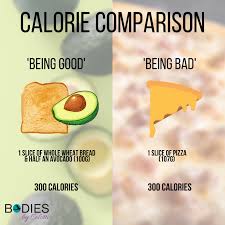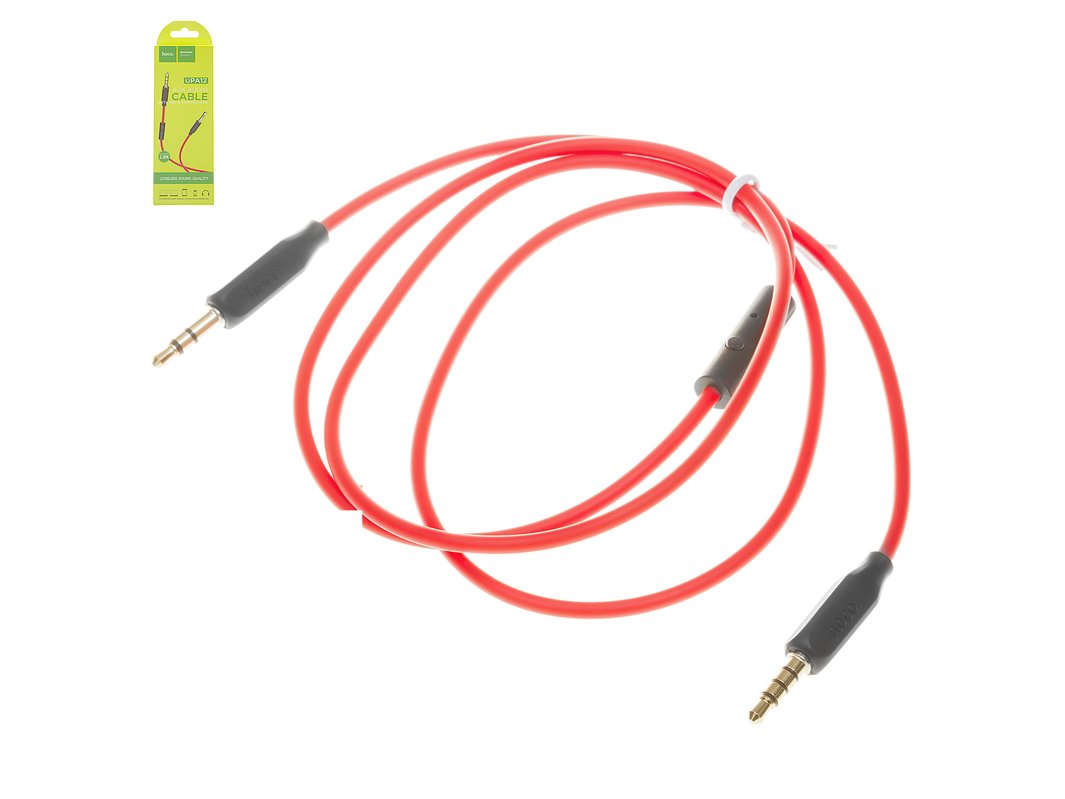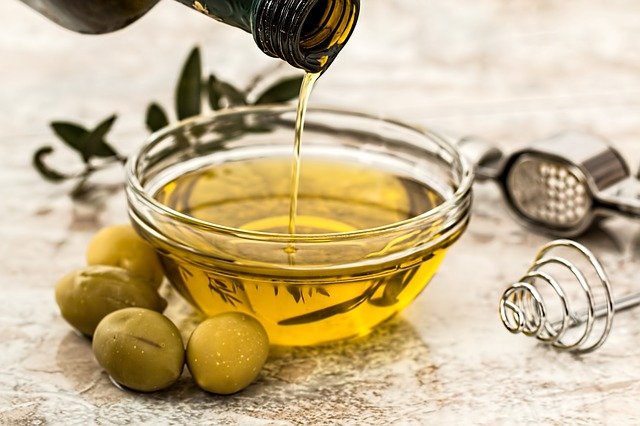
You should take into account the amount of amino acids in each food item when choosing protein sources. Different proteins have different levels of each amino acids, so some foods may be high in one and low in another. Meat, fish, and poultry are excellent sources of protein because they are low in calories and fat. Vegetables are lower in lysine (tryptophan), methionine, and other amino acids. Combining meat and vegetables with grains can balance out the lack of one amino acid. Nevertheless, most health organizations recommend eating meat and dairy as a source of protein.
Other high-protein foods include nuts and seeds such as peanut butter, cashew butter, and almonds. Lamb is a good source for essential nutrients like iron, zinc as well vitamin B12 and Phosphorus. Lamb contains moderate amounts of fat, in addition to its high protein content. CLA is a form fatty acid associated with better weight management and satiety.
Protein in animal products comes in many forms, including eggs, yogurt, and milk. A study published in the Journal of Nutrition and Diet found that men who consume a high-protein diet have a 33% higher risk of developing heart failure. Men who eat high levels of protein are also more likely to be obese or diabetic. This is another risk factor for developing heart failure. Another study found that high-protein diets have been associated with an increased chance of developing cancer, including colorectal or colon cancer. It has also been proven to adversely affect bone, liver, as well as kidney health.
Legumes are a good source of protein, as they contain 27.9% amino acid leucine. Commercially available pea-protein isolate and pea flour complement cereal-based proteins. Moreover, legumes are important for vegetarian diets. They are not good sources of methionine nor cysteine but they provide adequate amounts tryptophan or threonine which are vital for proper body function.
Also, beans and seeds are excellent sources of protein. A quarter cup of most nuts or seeds can have between 4 and 9 grams of protein. Eight to nine grams of protein can be found in a tablespoon of seeds or tahini. On average, a person needs about 1.2 grams of protein per kilo of body weight, which makes them an excellent source of food for those with protein-deficient diets.

You can also find protein in meats and dairy products. Animal protein is a good source of protein. It contains all nine essential amino acid, which makes it superior to vegetables. These foods are also good sources of micronutrients, such as selenium (potassium), and B-complex vitamins (b-complex vitamins). Despite their high content in proteins, they also add a bit of fat to your diet. Choose low-fat varieties of dairy products or reduce the amount you eat if you are trying to reduce your fat intake.
You don't have to eat meat to get plant-based protein. Many grains have high levels of protein. They are actually more common than you might imagine. They can also be used to enhance meat-based recipes. For the same benefits, add lentils in soups and salads. Even smoothies and drinks can include lentils. This is a great way to increase protein in your meals, without having to alter your diet. This will help you obtain the nutrients that you need.
Protein is essential for those with diabetes. Protein is not only an energy-boosting substance but also offers many other benefits. It can make you feel fuller and stop you from getting hungry often. The more protein you have the better. Protein is good for your body and health. It can help you balance your moods and energy levels. Aim to consume two portions of chicken or fish per week.

Unlike carbohydrates, protein can have many health benefits. It increases energy levels and promotes weight loss. However, excess protein can cause problems. It can also affect your immune system. You may also be less likely to have a heart attack. You should take steps to make sure that your body gets the right amount of protein every day. For this reason, it's essential to eat foods with high levels of protein. Before you start a new diet, it is a good idea to consult your doctor if you are unsure whether you should eat certain foods that have high levels of these nutrients.
FAQ
Is there any special equipment that is required to cook?
To learn to cook, you don’t need to have any special equipment. However, it can be easier to use the right tools. To make pasta easier, you can use a knife to cut the pasta and a whisk to whip up egg whites to stiff peaks. Having the right tools makes cooking less intimidating and allows you to start faster.
How do I become a Chef?
There are many avenues to become a professional chef. A course at a local community college or vocational school is a good place to start. You might also consider going to culinary school. The last option is to apply for a job as a paid intern.
How can I motivate myself to cook?
It's fun to cook for your friends and family. Cooking for your own family is much easier than making meals for others. Make something new to get motivated to cook. This way, you will learn about new ingredients and techniques. Also, you can use recipes from different cultures to expand your culinary knowledge.
Where can you find free online cooking courses?
Numerous websites offer free cooking lessons. YouTube is a great place to search for cooking videos. You can access thousands of recipes from some websites. The sites typically charge a monthly fee but you can test them for free for a period of 30 days.
How much does a culinary school cost?
The cost of a culinary school depends on where you are, how much you study, and what program or course you choose. Average tuition costs between $10,000 and $30,000. The majority of students graduate with around $20,000 in student debt. Some programs offer scholarships, grants, or work-study opportunities.
Statistics
- On average, chefs earn $58,740 a year, according to the BLS. - learnhowtobecome.org
- The median pay for a chef or head cook is $53,380 per year or $25.66/hour, according to the U.S. Bureau of Labor Statistics (BLS). (learnhowtobecome.org)
- In the United States, the category is estimated at $23.2 billion annually and is growing faster than the market. (washingtonpost.com)
External Links
How To
How to make a perfect eggroll
Omelets are a favorite breakfast food of mine. But how do you make them perfectly? There are many recipes and methods I tried, but none worked. So I wanted to share some tips and tricks so that you can make delicious, fluffy omelets every morn.
Before we start making omelets, let's remember that eggs are temperamental. Eggs must be purchased fresh, preferably organic, and kept chilled until ready for cooking. You must keep them cool enough to allow the whites to form properly and the yolks to become too runny if they're not kept at the right temperature. This can make your omelets look bizarrely colored. If you're going to cook them immediately, it is best if the eggs are still warm.
You might also try separating the egg before adding to the pan. The yolk and white should not be mixed together as this can cause the omelet's curdle.
You could end up burning the bottom half of the egg if the egg is added directly to the heat source. Instead, place the egg in the microwave for 10 second before you put it in the skillet. The microwave heat cooks the eggs just right without overcooking them.
Next, let us talk about how to mix the eggs. Mix eggs well together. You need to turn the bowl of the mixer upside down. Now shake the bowl vigorously. This will whip the air around the bowl and mix the egg well.
The fun part is now - adding the milk to the mixture. Mix half of the milk with the eggs. Then fold the eggs in half into the remaining milk. Don't worry if there are still streaks of egg visible; these streaks will disappear once you flip the omelet.
After folding the eggs fold the pan onto medium heat. When the oil starts to hot, wait for the pan to cook. Once the oil has gotten hot, add 1/4 cup of butter and swirl it around so that the entire pan is coated. The lid should be carefully opened. Sprinkle salt in the pan. An additional pinch of salt will prevent the omelet form sticking to your pan.
Once the omelet has formed completely, cover the pan and let it set for a few minutes. Flip the omelet with a spatula, or flip it upside down. Cook the other side for another minute or two. Take the omelet out of the pan and immediately serve.
This recipe is best made with whole milk. However, it can also be used with skimmed milk.